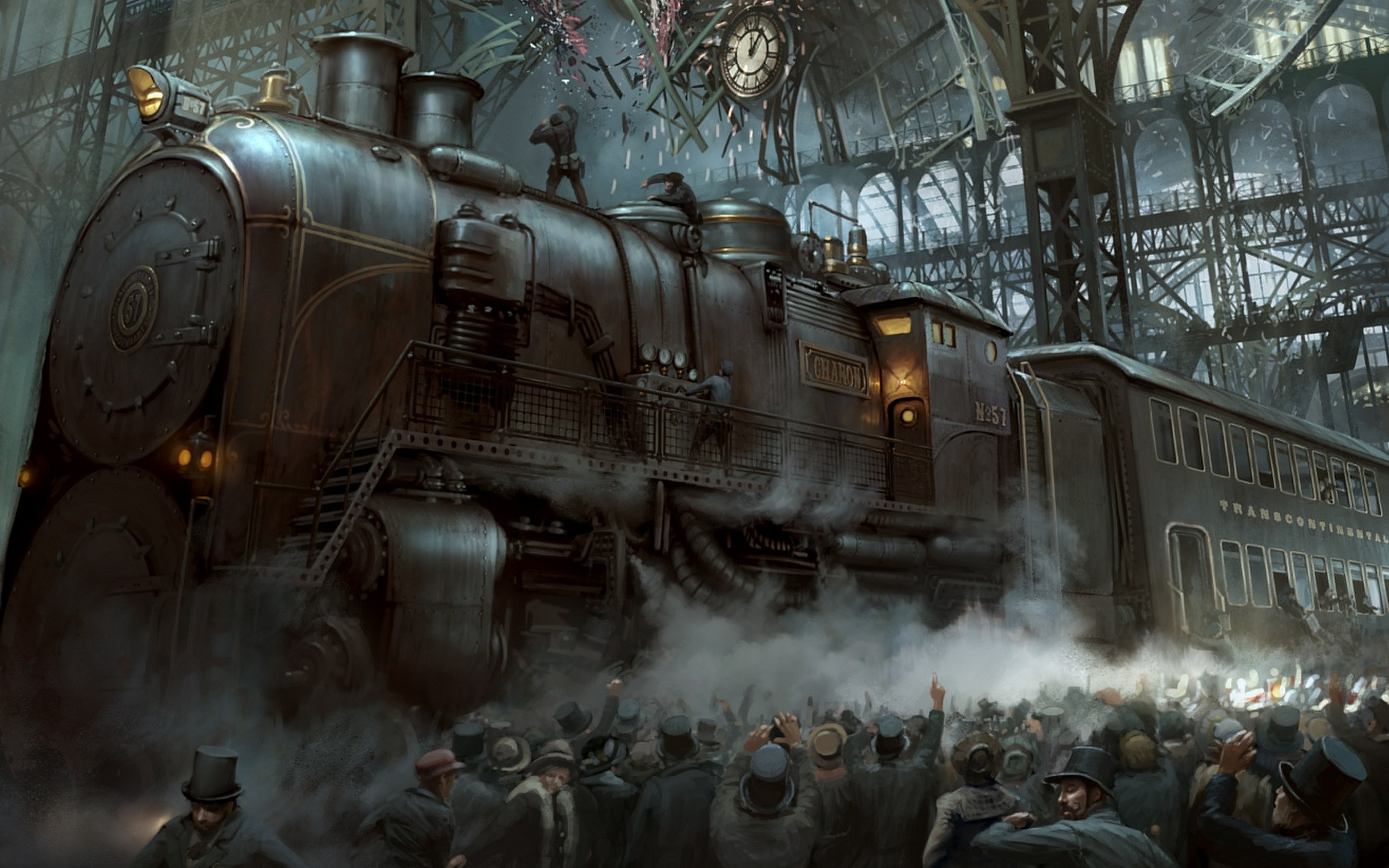From 359 to 298 million years ago, the "Carboniferous Coal Swamps" dominated the continents.
It was the Carboniferous coal itself that sparked one of the greatest watersheds in human history--the Industrial Revolution, spanning from 1760 to either 1820 or 1840.
60 million years of dead plants solidifying into coal had fed an age of revolution in Europe. It is surreal to comprehend...
In this alternate scenario, the Industrial Revolution began in China, around the 1330s CE, after the newly appointed emperor decreed an end to the old ways (Daoism, Buddhism, etc.) in favor of a future of progress. (Picture a medieval Mao Zedong.) It wouldn't be until the 15th century that China would decree expanding and updating trade by inventing rail transportation, starting with a railroad starting in Beijing, crossing through the wilds of Mongolia and Russia, then dividing Europe in half before bridging the Strait of Gibraltar to Africa, cutting off the rock of North Africa and the sands of Israel, Syria, Iraq and Iran before crossing through India and finally completing the circle right to where it began--Beijing. When the Asian and European migrants colonized the New World, they'd take the Industrial Revolution technology with them. This alternate Industrial Revolution would end sometime in the final legs of the 19th century.
It's not just the length of the Industrial Revolution that's being augmented. It's the scope as well.
These paintings don't show any ordinary Victorian fantasy. This is steampunk, and one of its most popular features are larger, grander buildings and boatloads of airships. In steampunk, the sky really is the limit, but its scope can't be realistic if the coal swamps of deep time lasted only 60 million years.
So what geological point of departure would I need to give Planet Earth enough coal to feed an Industrial Revolution of the length and scope proposed above?








